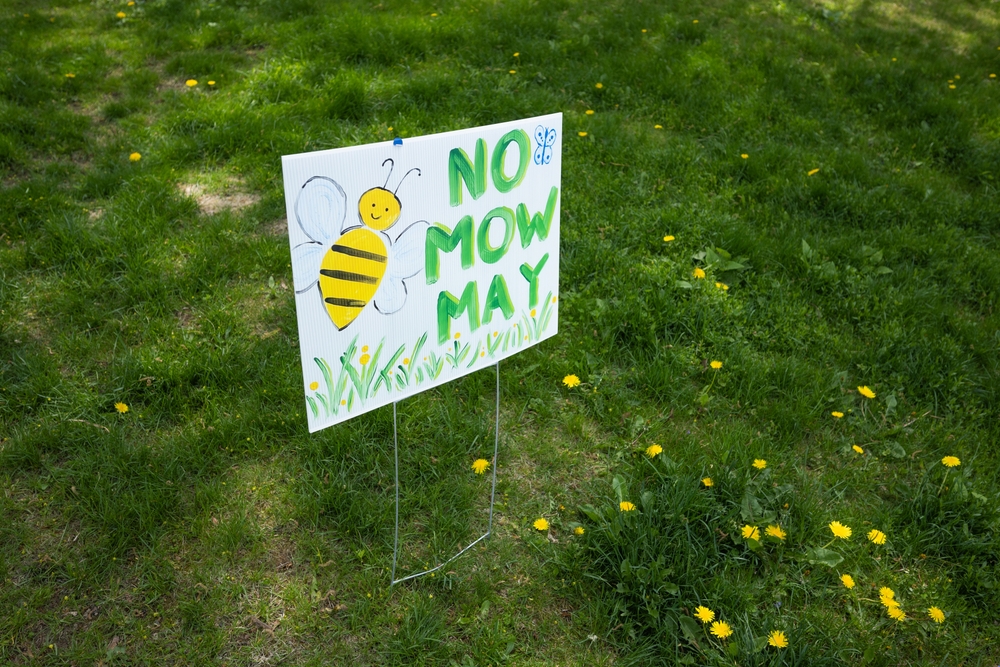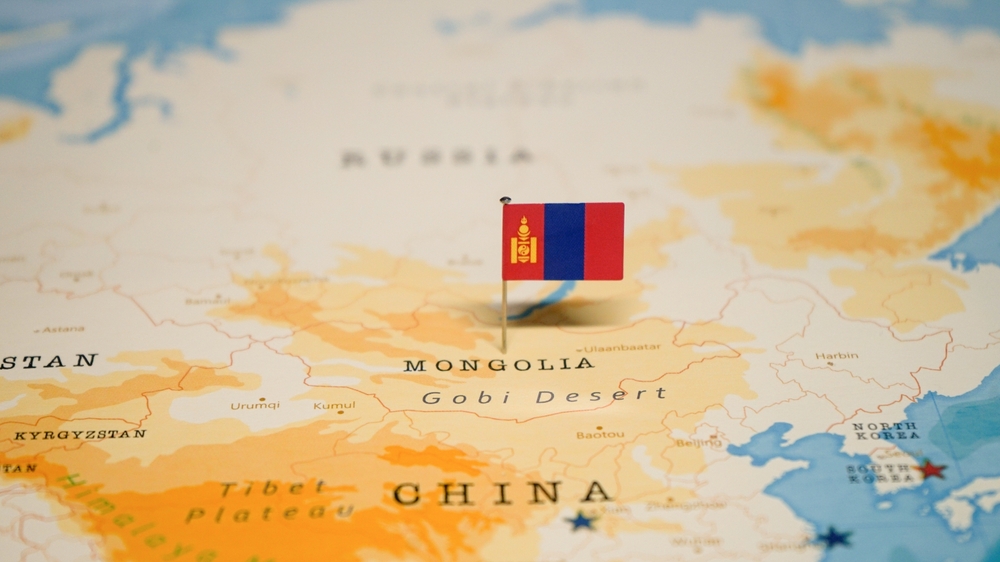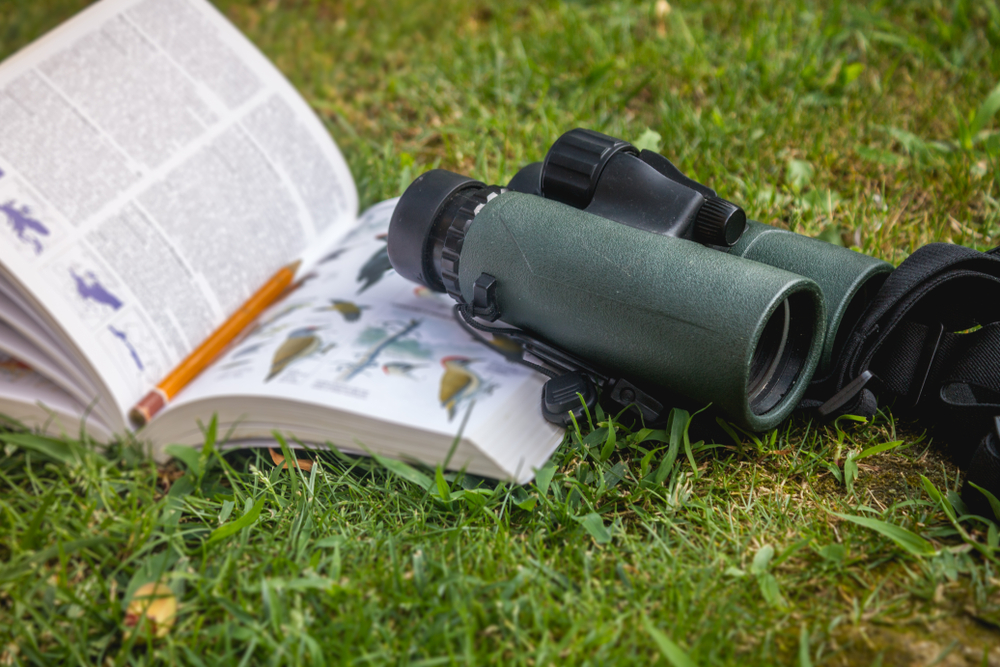One night, in a state of depression, she called her friend Mbali Creazzo, a South African medicine woman who draws from the Dagara African tradition and has also been a pioneer in integrative medicine in San Francisco. Creazzo prescribed a ritual: Give away 29 gifts in 29 days. Walker was resistant. “I couldn’t even get out of bed, so how was I going to give something to someone every day? And Mbali said, ‘It doesn’t have to be material. It can be that you say something nice.’”
On Day One, Walker decided to give the gift of her time and attention to a friend who was in a more advanced stage of MS. Her friend was ecstatic to hear from her, and they made a plan to get together. “When I hung up the phone, I felt lighter and I was smiling,” she says. “And I thought, ‘Okay, it does feel good to give.’ I gave my gift, and then out of the blue I got this call to do a consulting project. And I took myself out to breakfast to celebrate, and there was a guy who just anonymously paid for my breakfast that day!”
Walker continued her giving ritual and chronicled her experiences in the 2009 New York Times bestseller 29 Gifts: How a Month of Giving Can Change Your Life. On Day 29, her gift was the launch of an online challenge site, 29Gifts.org, intended “to inspire a worldwide revival of the giving spirit.” Some 11,000 people in 48 countries signed up, shared online journals about their own 29-day giving rituals and raised thousands of dollars for charities.
“The biggest change for me is I really did get my health back,” Walker says. “I’m not 100 percent good as new, but there’s been no further progression of my disease. Also, my creativity just exploded during that 29 days and I started writing again, and my business started to get back on track financially.” She also kicked her drug addiction, and her marriage bonds became stronger. She is such a believer in the power of giving that she’s continued to do so in 29-day cycles.
The idea that giving might have beneficial health effects such as those Walker experienced was first raised by psychiatrist Hans Selye, a McGill University researcher, in his 1956 book The Stress of Life. Selye discovered the dangerous impact of stress on lab rats, and he posited that one way for humans to begin to lower their stress levels would be to help others.
Subsequent studies have substantiated Selye’s theory. In 1983, Larry Scherwitz and his researchers at the University of California at San Francisco found that the incidence of heart attacks and other stress-related illnesses was closely correlated with self-preoccupation, and they suggested giving could result in healthier hearts. Indeed, “just thinking about giving seems to have a physiological impact,” says Stony Brook University Medical Center’s Post.
He cites a 1988 study in which Harvard behavioral psychologist David McClelland found that students who watched a film about Mother Teresa’s work with the orphans of Calcutta experienced a boost to their immune systems. And in 2007, University of Michigan psychologist Stephanie Brown studied 423 older couples and found that those who gave substantial support to others were more than twice as likely to remain alive in a five-year period.
The popularity of Walker’s 29Gifts.org website exemplifies something else researchers have found: Giving is contagious. In March of 2010, James Fowler and Nicholas Christakis, who study the effects of social networks, published a paper showing that when one participant gave away money to help someone, those recipients became more likely to give money away, leading to a cascade of generosity. The online 93 Dollar Club was formed as an immediate result of this exponential type of giving.
In August of 2009, Jenni Ware was stranded at a grocery checkout stand without her wallet. Carolee Hazard, a complete stranger, paid her $207 bill. When Ware paid Hazard back, she included an extra $93 as a thank-you gift. Hazard donated the extra money to a local food bank, matched it with another $93, and posted about the events on Facebook—thereby setting off an avalanche of $93 donations to food banks. A single random act of kindness has led to the raising of more than $82,000 to fight hunger. (For more on how to make generosity contagious, see “Reflections on the generous life”)
Considering all the benefits of giving, it makes sense to teach it to kids. Christine Carter, executive director of the University of California’s Greater Good Science Center—a Berkeley hub for research on gratitude, compassion, altruism, awe and positive parenting—says, “I’ve found that parents who start consciously cultivating gratitude and generosity in their children quickly see how much happier and more resilient their children become.”
Giving also empowers children, as Jeanie Bernard discovered when she was the director of special education for the St. Tammany Parish public schools, near New Orleans, Louisiana. Bernard became concerned about the system’s 4,000 special needs children because, she says, “so much was given to them, they saw themselves as helpless.” She began to seek opportunities for the kids to give back to their school community. “I would meet with teachers, janitors, coaches, parent groups and ask what they needed help with.” The children accompanied her to the meetings and chose what services they wanted to give.
She particularly remembers a severely autistic boy whose behavior was so aggressive “people were afraid of him. He would make all these sounds, and people would slam their doors in the hall. But every day his job was to go door to door and get the absentee notices for the principal. And when he did that, he acted differently; he talked differently. It was amazing! People came out of their best place and met him in his best place.” The whole giving project “changed behaviors,” Bernard says. “It changed the ways the adults saw the kids, because they began to see them as responsible. And instead of being these kids who took from the system, they became part of the holistic needs of the system.”
It’s good to give
More of Today's Solutions
Making windows bird-friendly: a crash course on protecting our feathered friends
In 1990, Michael Mesure was on the way to a wildlife rehabilitation center. Among his passengers was a common yellowthroat, a colorful warbler that ...
Read MoreGood old-fashioned printed text outshines screens for cognitive engagement in...
In today's digital landscape, the draw of screens is clear, especially among the youngest members of society. But, what does this switch-up mean for children's ...
Read More6 feng shui tips to help you rediscover your creativity
Not all of us have jobs or passions that fall into a classically "creative" category, but you don't need to be a writer, singer, ...
Read MoreNew nasal spray treatment could help prevent Alzheimer’s
According to the World Health Organization, around 55 million people worldwide suffer from dementia. Although there’s currently no cure, researchers are unabatedly looking for ...
Read More










